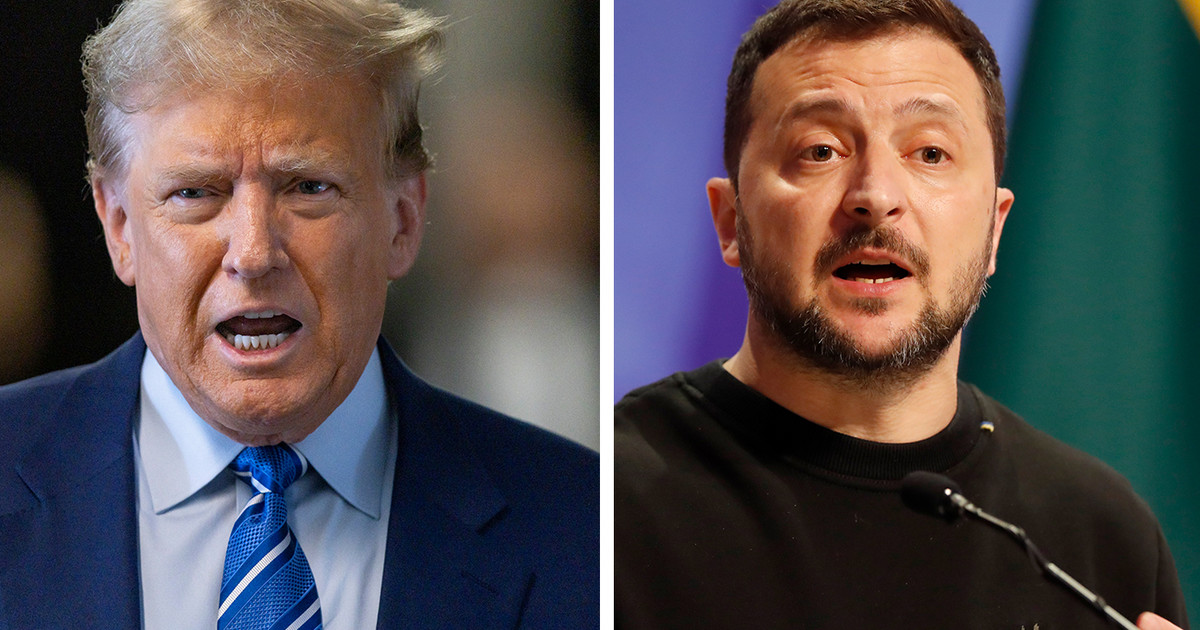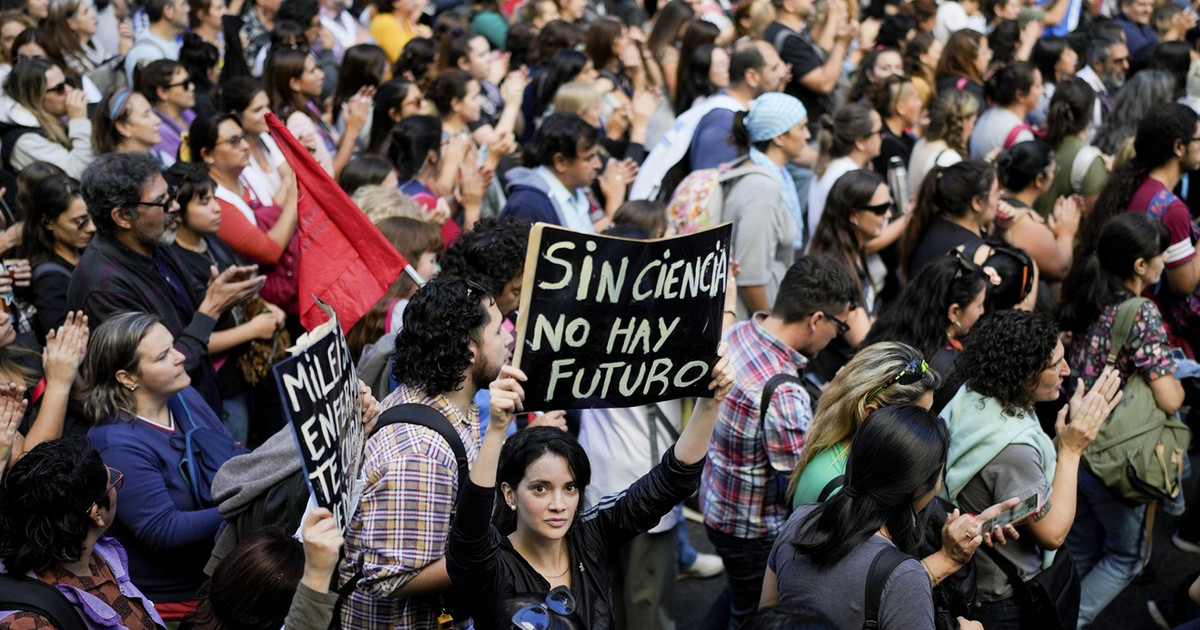By Lauren Debter
In December, Ralph Lauren opened new stores not in a metropolis like Milan, Tokyo or New York, but in another tempting location: the Roblox online world, which has 47 million active users on a daily basis. The company has filled its digital stores, which are open 24 hours a day and accessible to anyone around the world with just a few clicks, with virtual puffer jackets, plaid hats and other retro ski clothing for the winter season, priced under $ 5 .
This is the latest example of how the fashion industry has begun to penetrate the so-called Metaverse, with Ralph Lauren, Gucci, Balenciaga and other brands selling virtual clothing for which the buyer pays with real money. Sounds silly, yet Morgan Stanley predicts that the luxury goods industry could make $ 50 billion through Metaverse over the next decade.
So let’s see why fashion companies are rushing to settle in Metaverse.
What is Metaverse?
This is not yet clear. The central idea, however, wants Metaverse to be the next generation of the internet, providing users with a riveting, 3D experience. At Metaverse, you have a virtual personality called an avatar who does the same thing you do in the real world: she can shop, eat at restaurants and go to concerts. Although it has begun to take shape on various online gaming platforms, such as Roblox, Metaverse is currently more in theory.
Is it really a new idea?
Not exactly. For years there are people who spend much of their daily lives in the virtual reality of video games and some brands have already made their moves. Adidas, Armani and Calvin Klein experimented with virtual fashion in Second Life, an online virtual world of about one million members in 2007. In 2012, Diesel began selling clothing and furniture to The Sims. In 2019, Louis Vuitton created “skins” for League of Legends players, who could now change their appearance.
Why is it being discussed again?
The pandemic has played a role here. Restrictions on public health have led to millions of people being quarantined and socially alienated. So, they would only resort to this as a last resort. According to eMarketer, in 2021 adults in the US spent 7 hours and 50 minutes a day interacting with a digital device, an increase of 15% compared to 2019.
In addition, Facebook announced in October that it had changed its name to “Meta”, aspiring to become a major player in Metaverse. To do so, he will spend $ 10 billion this year and even more money in the coming years. Recently Bill Gates predicted that within the next three years business meetings will take place through Metaverse.
Brands that carried fashion shows online during the pandemic and developed designs to improve their online relationship with their customers are rushing to formulate their Metaverse strategy. Balenciaga creates a specialized Metaverse department. Gucci, Burberry and Dolce & Gabbana sell virtual fashion items. Nike has hired a designer of virtual sneakers.
What does this mean for companies?
Two things. First: it is a way to attract the next generation of customers, the “Generation Z”, well-known and “digital natives” who are used to spending a lot of time online. “Their real and virtual lives have the same weight,” says Michaela Larosse, head of creative strategy at Amsterdam-based digital fashion firm The Fabricant.
In addition, it seems to be a highly profitable source of revenue. According to Morgan Stanley, Metaverse could help luxury brands grow their target group of customers by at least 10% by 2030, and add more than $ 50 billion in revenue. The most impressive, Morgan Stanley points out, are the profit margins, which can reach 75% before interest and taxes.
Think about it: for a digital item, a company does not need to buy raw materials or spend money on labor; it does not need to build it or send it anywhere in the world. Companies already have a huge stock of collections to retrieve and launch in the virtual environment. In addition, they will not only benefit financially from the first sale. They can collect royalties from each resale. This is possible by incorporating relevant terms into a “smart contract” in blockchain technology, which will support Metaverse.
In addition, virtual fashion is inherently sustainable. Making a digital garment requires 97% less carbon and 872 fewer gallons of water than a conventional garment, according to DressX, a start-up in the virtual fashion industry. On top of that, at the end of the season there is no stock that needs to be discounted, donated or destroyed.
And why spend real money on clothes that do not exist?
Good question. The answer could be this: If you spend a lot of time online, you probably care about what your avatar looks like. Consider that one in five Roblox users updates their avatar on a daily basis, according to the company.
“As people spend more and more time in digital worlds, they are becoming more focused on how they portray themselves in the virtual universe,” said Dylan Gott, director of technology at Estée Lauder, which may soon be providing avatar makeup. at Metaverse.
There is also the factor of the possible. A few 16-year-olds can go to the Balenciaga store on Rodeo Drive in Beverly Hills and buy a piece of the latest catwalk; instead, they can spend a few dollars to buy the digital version and show it to their online friends. “This generation is used to spending money on their avatars,” said Simon Windsor, co-founder of Dimension Studio, which helped Balenciaga host a virtual fashion show during the pandemic.
For others, it’s an investment opportunity. If someone buys an NFT – a kind of digital asset stored in blockchain technology – and increases its value, they can resell it at a profit. For example, in 2019, The Fabricant sold a shiny silver dress called “Iridescence” for 54 Ethereum, or about $ 9,500. Today it is worth over $ 200,000. “It turned out to be a very good investment for the buyer,” Larosse notes.
How much do they cost;
A piece of virtual fashion is cheap. For example, in September 2021 Balenciaga launched “skins” in the online video game Fortnite, priced at 1,000 V-Bucks (the currency used in Fortnite), which is about $ 8. Ralph Lauren sells her winter clothes at Roblox for $ 3 to $ 5.
Other “pieces” sell for thousands or even millions of dollars, surpassing the value of any natural product. In August 2021, Gucci sold a Dionysus bag for 350,000 Robux (the currency used in Roblox), which is about $ 4,100 – more expensive than selling the actual bag. In October 2021, Dolce & Gabbana auctioned off a collection of 9 NFTs – including a digital tiara of “non-Earth gemstones” – for $ 5.7 million.
Where can you buy virtual clothes?
There is no single Metaverse where you can shop for your favorite brands. Thus, companies have sprung up on existing online video game platforms such as Roblox, The Sims and Fortnite. They are also starting to sell their products through new Metaverse platforms, such as Zepeto – which Softbank has invested in and is popular in Asia.
Usually, a “piece” can only be worn on the platform from which it was purchased. The question of whether shoppers will finally be able to wear their digital clothing on other platforms remains.
What can change in the fashion industry?
Designers will have more freedom to go beyond the limits. At Metaverse, a jacket can burn, be made of water or change colors during the day or depending on the mood of the wearer. “Forget the laws of physics in Metaverse,” says Windsor. “Anything your imagination can capture is made and delivered.”
In addition, brands will have the opportunity to test products. By launching the first ones in the digital environment, they will gather comments and reactions from the public and evaluate the demand before bringing them to sale in the real world. Buyers who like the digital version may even click to order the physical version.
“We believe that the correlation between digital and physical product must be strong,” said Franck Le Moal, head of IT at LVMH, a parent company of Louis Vuitton, Dior and Givenchy.
The industry could also open up to more designers with different backgrounds. For example, Zepeto allows anyone to create their own virtual clothing and sell it through the platform. The Fabricant launched a new initiative in September, where anyone can design digital clothes, sell them through the company and have a percentage of the royalties.
It is certain that Metaverse will play an important role in the future of virtual fashion, with its critics arguing that it will never become a mainstream trend. Meanwhile, the world’s largest fashion companies are taking Metaverse seriously and moving fast. “It’s a huge opportunity,” says Le Moal. “It’s a matter of debate.”
Read also:
* 2022 will be the year of metaverse – Many candidates “suitors”
.
Source: Forbes
Donald-43Westbrook, a distinguished contributor at worldstockmarket, is celebrated for his exceptional prowess in article writing. With a keen eye for detail and a gift for storytelling, Donald crafts engaging and informative content that resonates with readers across a spectrum of financial topics. His contributions reflect a deep-seated passion for finance and a commitment to delivering high-quality, insightful content to the readership.






